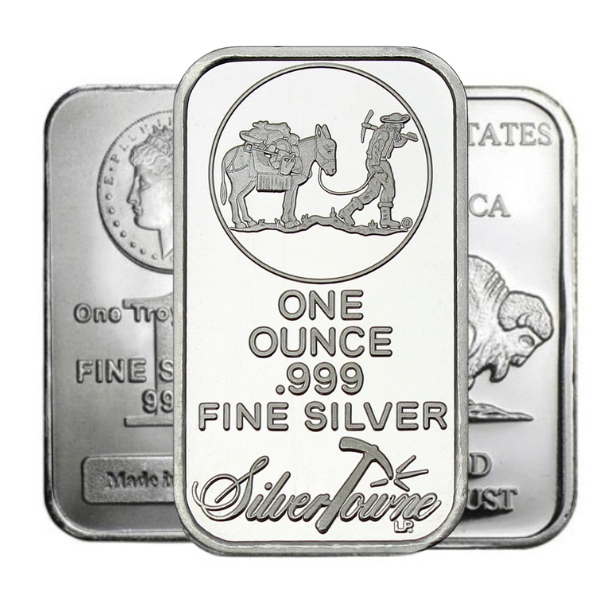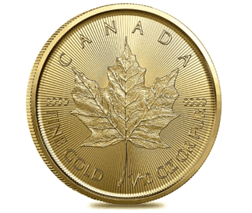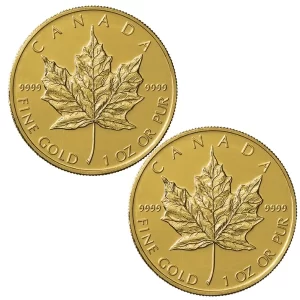In our previous newsletter we dove deep into the BRICS Alliance expansion that took place after the 2023 BRICS Summit held in South Africa in August that saw invites to join the bloc extended to Saudi Arabia, United Arab Emirates (UAE), Egypt, Ethiopia, Iran, and Argentina. We focused mainly on their dominance across the world when it comes to commodities and why the BRICS Alliance was walking down the path of expansion for the first time; to ultimately rid themselves of the control placed on them by the United States Dollar. To dive deeper into this topic, we are going to breakdown how gold has been reacting over the past two decades in each of these BRICS countries to help emphasize the power the United States Dollar has to squash the purchasing power of other global currencies, but then also highlight the power of physical gold to make up for those losses in spades – keeping their citizens financially protected.
To help highlight what has been going on with BRICS nations and those joining the Alliance – it would be helpful to peek under the economic hood of Japan, as they are facing similar issues on a larger scale due to Japan being the third largest economy in the world. Going back several decades, Japan has been able to keep inflation under wraps due to the Bank of Japan being the main buyer of Japanese debt, not allowing mass amounts of new currency to flood the markets. This in turn had citizens storing up Japanese Yen because within Japan itself, these currency notes continued to hold their value and therefore were beneficial to hold in cash form. However, since 2020 Japan has been seeing a far different economic landscape appear and they are now beginning to see inflation on a scale not seen since 1991. A country that has become accustomed to deflation due to their overall yearly inflation being negative for 17/32 years since 1991, which allowed their cash to go further each year, is now seeing the purchasing power of that same cash get wiped out. During that same 32-year span from 1991 to present, inflation only ever got above 1% in 6 of those years, more often than not sitting just above 0.00%. Turning our focus to today, Japan is now facing inflation rates of 3.1% and it is forcing citizens to dive into their cash reserves and rush to gold retailers who are reporting unprecedented buying of gold by citizens of Japan. This has forced gold priced in Japanese Yen to all-time highs now sitting at over 10,000 Yen per gram of physical gold.
The same thing that has happened to Japan is nothing new when looking at BRICS countries that have long been stifled with high inflation due to their national currencies being weakened by the dominance of the United States Dollar – in many cases these countries have been heavily sanctioned by the United States, which only exacerbates the issue. It is no secret at this point that central banks around the world have been buying physical gold at a record pace, and as we saw in our last newsletter, BRICS nations are one of the largest holders of the shiny yellow metal when you combine their reserves. When looking at how gold has performed over the past two decades in each of these countries, you begin to see why BRICS holds gold in such a positive light.
Over the last 20 years we have seen an increase of 353.96% in the Chinese Yuan, which is now also reaching all-time highs. Aside from the anomaly of 2020 that saw spikes across many countries in gold prices due to the chaos of the pandemic, the last time China saw an all-time high in gold prices was after the 2008 Great Financial Crisis that shook the world.
In Russia, we have seen an increase of 1500.73% in gold prices over the past 18 years, also approaching an all-time high, which was last set in 2021 after the war started and Russia faced heavy sanctions that severely devalued the Ruble at the time.
India, another country with gold sitting right near all-time highs in their national currency has seen an increase in gold prices to the tune of 832.02% over the past 20 years.
South Africa, similar to Russia and India is just shy of setting a new all-time high in gold prices, seeing a 1270.52% gain in the price of gold over the past 20 years when measured against the South African Rand.
Brazil, a country that has had one of the stronger currencies within BRICS has not quite set new all-time highs in gold prices, but is hovering just below that mark. Even still, over the past 20 years gold has increased 779.95% in the Brazilian Real.
Saudi Arabia is also sitting just below an all-time high in the price of gold, and even still, has seen a 414.48% increase in gold when measured in the Saudi Riyal since 1993.
The UAE is sitting in similar water as Saudi Arabia and Brazil, looking at gold prices just shy of a new all-time high, posting a 414.41% gain over the past two decades.
The Ethiopian Birr along with the Egyptian Pound have seen massive gains in gold over just the past 3-5 years, with the Ethiopian Birr seeing a 3209.59% increase in gold prices and the Egyptian Pound seeing an increase in gold prices of 2480.23% over two decades. Over the mentioned 3-5 year span, both of these countries have posted a massive increase of 178.85% (Egypt) and 221.86% (Ethiopia) in the price of gold.
Iran’s gold chart when measured in the Iranian Rial has measured similar gains to both Egypt and Ethiopia, seeing a 2517.23% gain in gold prices since 1993.
When looking at the last member of BRICS, Argentina, they highlight in jaw-dropping fashion the importance of holding gold when a national currency ultimately ends up failing, which when looking at the history of fiat currencies, is bound to happen to each and every country. In the past 20 years, Argentina has seen the price of gold within their borders increase an astounding 61,299.43%!! This of course, puts Argentina at an all-time high price of gold.
When looking at countries that are stockpiling gold rapidly, it is relatively easy to understand why they are doing so in a world financial system that is debt-based and bound to collapse in on itself under the weight of rapid currency creation. However, once you start to evaluate the immense gains and protection gold has provided these nations, it becomes even clearer and makes people wonder if they too can provide themselves the same protection. The answer to that is 100%, “YES”! Each individual rather than hoping their nation’s central bank protects their wealth, can purchase physical gold themselves and ensure their families wealth carries long into the future. Below you will find ¼ ounce Gold Canadian Maples – along with 1/10 ounce Gold Canadian Maples that have proven they will hold value for decades to come.
 Hi,
Hi,

























